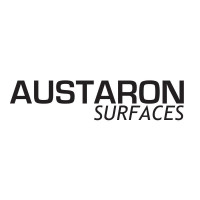-
Australia
Copyright © 2024 Powered by BCI Media Group Pty Ltd
Confirm Submission
Are you sure want to adding all Products to your Library?
Contact Detail
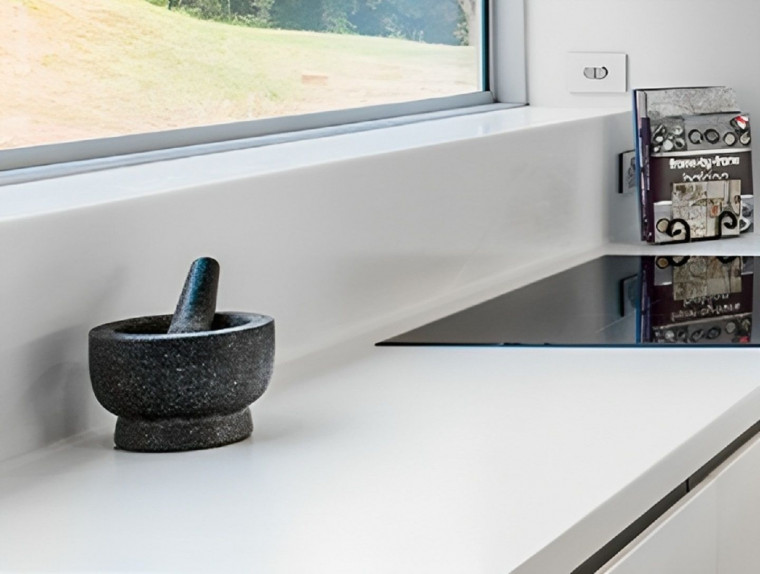
You know that feeling when you sit back and admire what you’ve built and then someone comes up with a suggestion and you suddenly realise it was completely overlooked? We’ve all been there, right?
This can be an issue for anyone considering Staron Solid Surface for their kitchen & bathroom project, particularly if the full scope of design possibilities hasn’t been put forward and discussed.
GALLERY
When considering benchtops, Staron is often compared with alternate materials and it’s assumed it’s an ‘apples-for apples” situation.
So to help with your research, we’ve listed below some common oversights or unknowns.
Opportunity is often lost when the back benches, tiles and splashbacks are placed directly onto the benchtop and the gap is filled with silicon. This ultimately becomes unsightly, grimy and can be a future water damage concern.
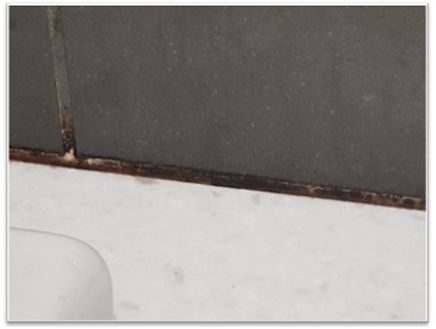
Incorporating a 10mm cove into the back of the Staron bench will lift the tiles or alternate splashback options up and away from the bench. The silicon will no longer sit directly onto the bench and the end result is clean, tidy and maintenance free.
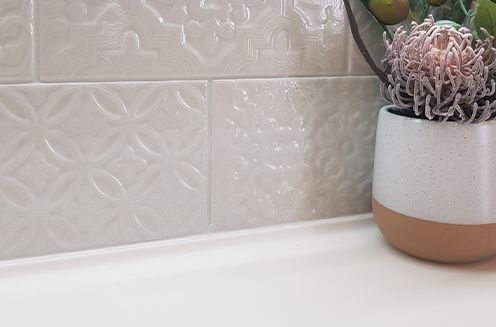
It’s a shame to see a Staron bench and a matching Staron splashback with a silicon join at the bench and wall junction. Both bench and splashback can be fully seamed as one to eliminate any silicon and dirt-trapping lips.
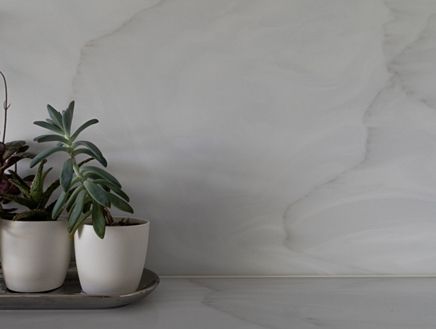
The beauty of working with Staron is having complete flexibility of the splashback area. Designs can flow to windowsills and shelves and be manipulated to suit various situations.

In many instances, the sizes available in the stone or laminate products can limit benchtop design and layout options. When selecting Staron for your benchtop, there are no size limitations; the joining capabilities solid surface offers creates one seamless benchtop.
The only caveat to this – some heavily variegated designs in the Supreme range may show a break in pattern. In most instances it’s minor, and we can advise if this is going to impact the designs outcome.
In the same way you’re not confined to available benchtop sizes, due to Staron’s seamless joining technique, there’s lots of flexibility in benchtop thickness. For most kitchen projects, Staron as a raw material is 12mm thick; the edge detail is then fabricated to the desired thickness required. Often considered a “standard” size at 38mm, thicknesses can move up in size from this very easily. We would recommend not going thinner than 24 or 25mm for larger counters as this will assist the manufacturing process. However, for smaller kitchen benchtops that sit on top of full support, the 12mm thickness can also be an option.

.jpg)
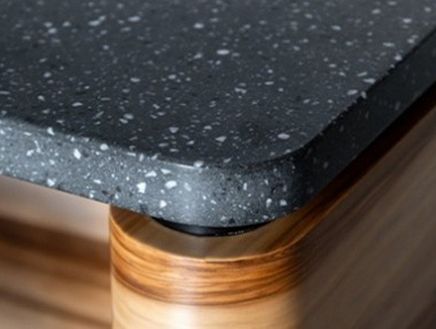
Sink Options
For anyone that likes the idea of using a tile cove in their kitchen, most often the next step to eliminating unnecessary areas of grime, is to include a Staron sink option that is fully integrated into the benchtop. The only limitations for this design option are the colour options.
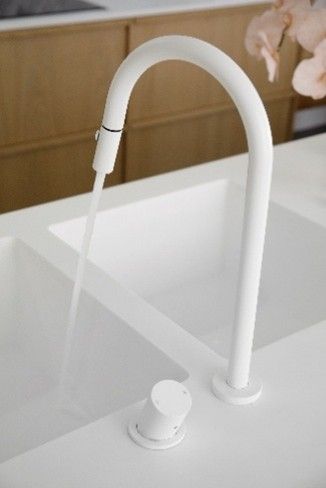
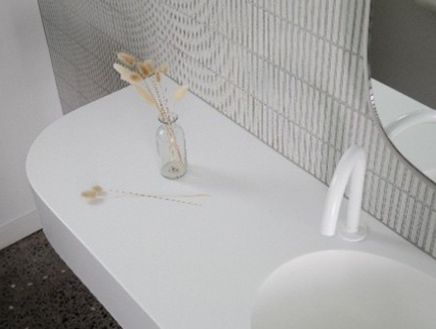
Alternatively, for an endless selection of colour options, include an Antegra sink into your design. The Staron benchtop will seamlessly flow down the sink walls into the sink and meet the stainless-steel base. Stainless steel sinks are available in a few colour options.
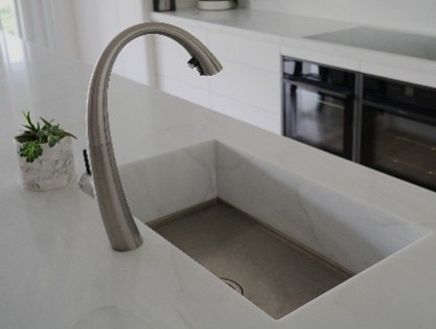
What about outdoor areas? How many times does the outdoor kitchen flow directly off the indoor kitchen? So, the search begins for products that can handle the extra wear and tear of outdoor conditions.
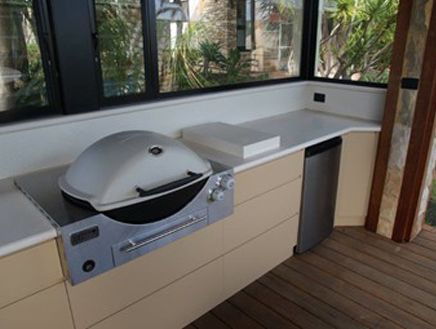

Staron performs exceptionally well with the outdoor elements; a large selection of the colour range is available for outdoor areas. If you have some protection from all day sun then additional options are available to select from.
There are many ways to maximise design benefits when building with Staron Solid Surface, and of course cost can affect some budgets. However, it’s always best to choose not to have something, rather than to not know it was an option at all. In most situations at least some of the above tips can be incorporated into most projects.



